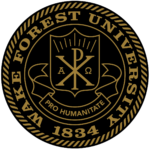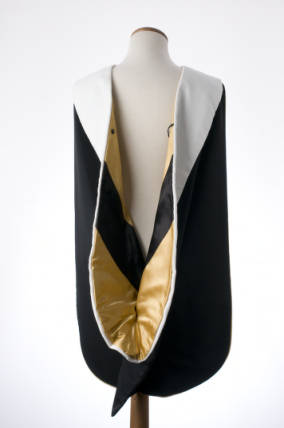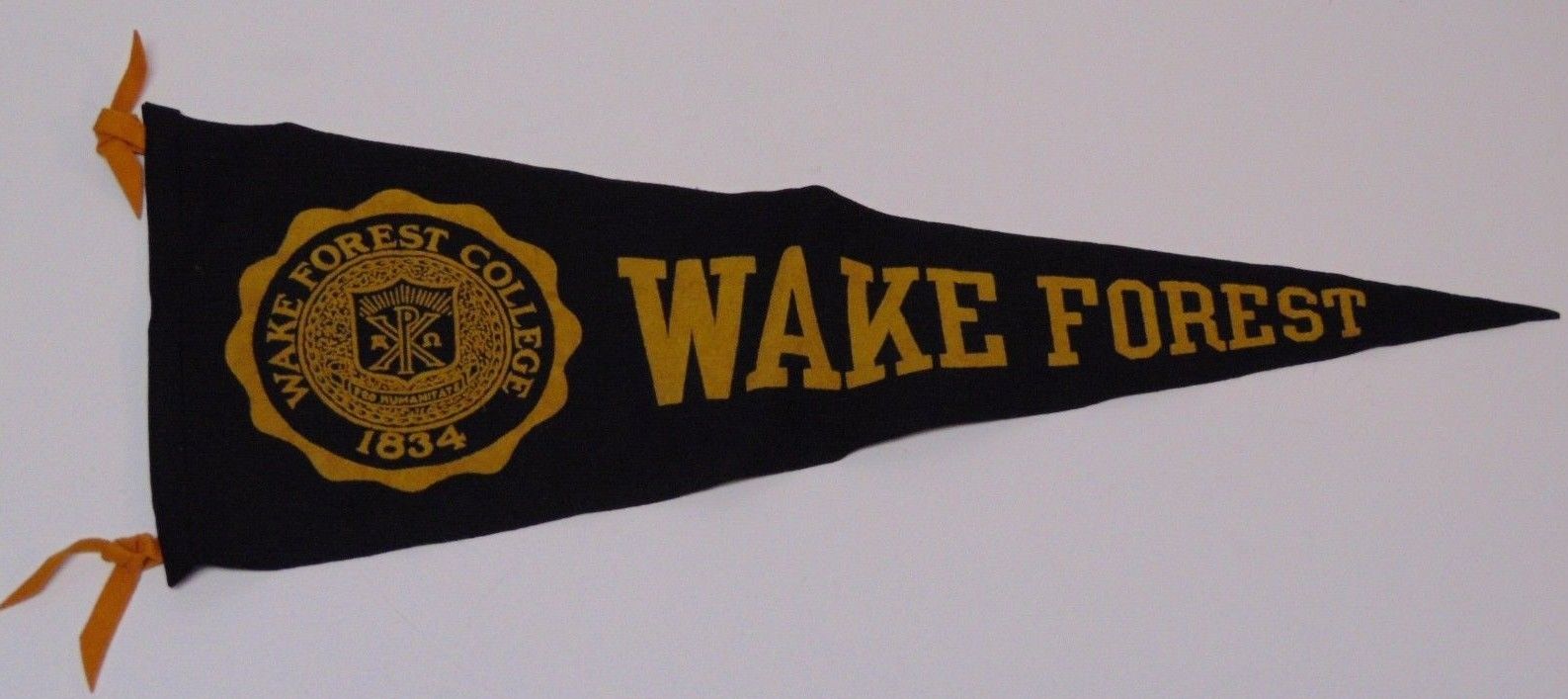Wake Forest University
North Carolina
1834




Old gold and black were used during the first Wake Forest College football season in 1888, and became the college’s official colors after a vote by the student body in 1889. Orange was sometimes substituted for old gold. In 1895, for instance, students began wearing school badges with the orange and black image of a tiger, the college mascot.


Citations in the World Almanac (listed by cover date; color information is from the previous year): orange/black (1895-1896); old gold/black (1897-1935)
On 16 May 1895 the Intercollegiate Commission on Academic Costume approved a uniform system of caps, gowns, and hoods for American colleges and universities called the “Intercollegiate Code of Academic Costume”. The commissioners intended for every college and university to use a unique arrangement of their colors in the hood lining which would enable an observer to “read” the hood and thereby identify the alma mater of the hood’s owner. But as an article in the 27 July 1902 edition of an Albany, NY newspaper named The Argus recalled, “the combining of two or three colors in a lining was a great problem with the commission but was solved by [Intercollegiate Bureau of Academic Costume Director Gardner Cotrell Leonard] after some study in heraldry by the chevron, double and triple chevron, and parti-per-chevron.” These heraldic divisions of the school colors became the means by which a variety of distinctive hood lining patterns could be individually assigned to each school that chose to follow the Intercollegiate Code.
The chevron was by far the most common heraldic division the Intercollegiate Bureau of Academic Costume (IBAC) employed to divide the two or three colors in an institution’s hood, but beginning in 1895 the “triple chevron” was also used occasionally. The typical width of a normal chevron was between four and five inches, but the triple chevron pattern used three chevrons of about 1½ inches in width placed one inch apart so that the color of the hood lining showed between them.
The Bureau assigned Wake Forest College an old gold hood lining with three black chevrons, according to IBAC lists from 1927, 1948, 1969, and 1972. This assignment was probably made between 1897 and 1921. The three chevrons distinguished Wake Forest’s hood lining from those of the College of Wooster (old gold with a black chevron) and the University of Missouri (old gold with two black chevrons).